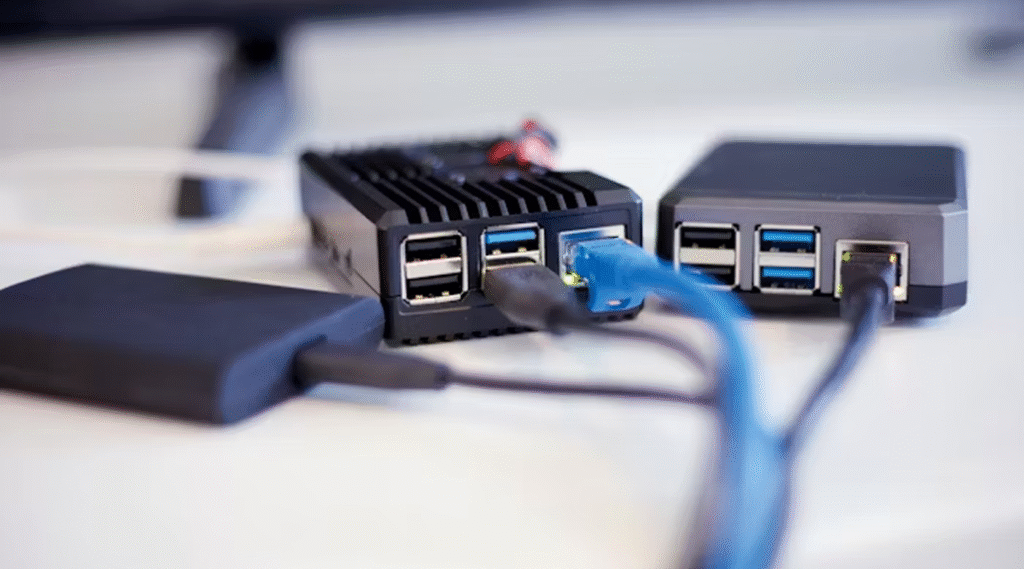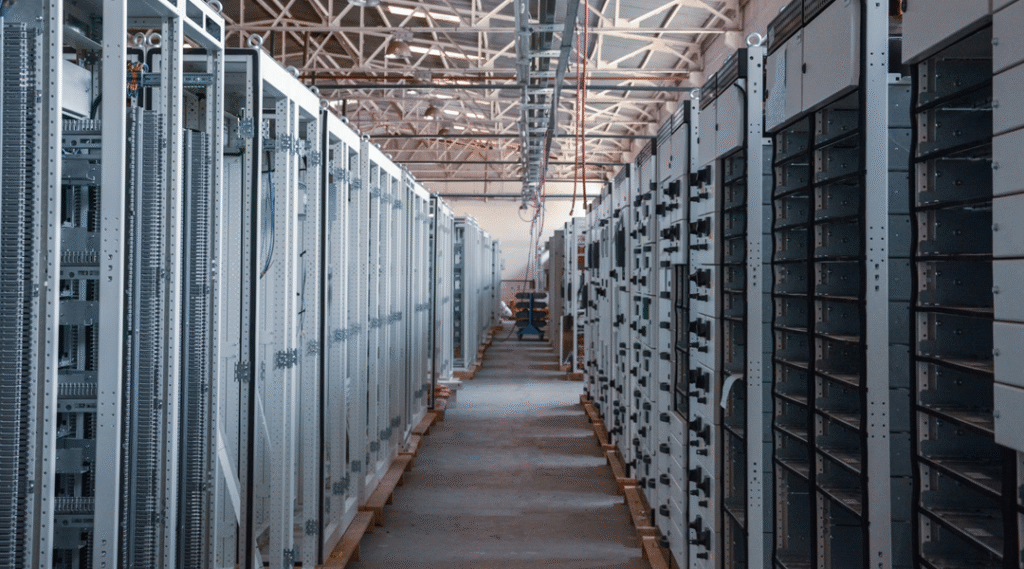In an increasingly connected world, demands for real‑time processing, ultra‑low latency, and localized data sovereignty have given rise to edge computing and micro data centers. Unlike traditional hyperscale facilities located in remote regions, micro data centers bring compute resources closer to end users and devices—whether that means on factory floors, cellular base stations, retail outlets, or even on utility poles. By decentralizing workloads, organizations can deliver faster responses, conserve bandwidth, and support emerging applications—from autonomous vehicles and augmented reality to advanced industrial automation.
What Is Edge Computing?
Edge computing shifts data processing and storage away from central cloud servers toward the “edge” of the network—near the sources of data generation. Instead of sending every data packet to a distant data center, edge devices (which can include specialized gateways, routers, or small server clusters) handle initial analytics, filtering, and decision‑making locally. Only summarized insights or non‑time‑critical information is then forwarded to centralized cloud systems for long‑term storage or more complex processing. This model reduces network congestion, decreases round‑trip latency, and enhances privacy, since sensitive data can be processed close to its point of origin.
The Role of Micro Data Centers
Micro data centers are compact, self‑contained modules housing compute, storage, and networking equipment in ruggedized enclosures. They are designed for rapid deployment in non‑traditional environments—sometimes in harsh or space‑constrained locations. Key characteristics include:
- Compact Footprint: Often sized to fit in a standard telecom rack, on a factory floor, or at the base of a cell tower.
- Integrated Infrastructure: Bundles power distribution, cooling, and networking into a single unit, simplifying installation and maintenance.
- Modularity and Scalability: Many designs allow stacking or clustering multiple units to scale resources as demand grows.
- Resilience: Built to tolerate temperature fluctuations, dust, vibration, and intermittent power—critical outside controlled data‑center settings.
Together, edge computing architectures and micro data centers enable organizations to place compute capacity precisely where it delivers the greatest benefit.
Key Benefits and Use Cases
- Ultra‑Low Latency Applications
- Autonomous Vehicles: Real‑time processing of video feeds and sensor data is crucial for safe decision‑making on the road. Placing compute nodes at roadside units or cellular towers cuts latency to mere milliseconds.
- Augmented and Virtual Reality: Immersive experiences require rapid rendering and state synchronization; offloading these tasks to nearby micro data centers avoids lag and motion sickness.
- Bandwidth Optimization
- IoT Sensor Networks: Industrial plants, smart buildings, and agricultural sites generate massive telemetry streams. Local aggregation and preprocessing reduce the volume of data sent upstream.
- Content Delivery: Video‑on‑demand providers can cache popular content at edge locations, delivering high‑definition streams without overloading backbone networks.
- Enhanced Privacy and Compliance
- Healthcare Diagnostics: Patient data processed at hospital edge nodes minimizes exposure to external networks and helps meet stringent regulatory requirements.
- Financial Services: High‑frequency trading platforms benefit from micro data centers co‑located near exchange endpoints, ensuring both speed and data locality.
Architectural Considerations
Deploying edge computing and micro data centers presents unique challenges:
- Management and Orchestration: Traditional data‑center management tools must be extended to handle widely distributed, often remote, sites. Container orchestration platforms (e.g., Kubernetes at the edge) and lightweight monitoring agents become essential.
- Security: Each edge node widens the organization’s attack surface. Robust measures—such as hardware‑rooted trust (TPM modules), encrypted communications, and zero‑trust network segmentation—are critical.
- Power and Cooling: Many edge sites lack datacenter‑grade HVAC or UPS systems. Solutions may involve fan‑less designs, liquid cooling, or solar‑plus‑battery setups for off‑grid locations.
- Standardization vs. Customization: Balancing a consistent hardware/software stack against site‑specific adaptations (rack size limits, environmental constraints) requires careful planning.
Future Outlook
As 5G networks mature and business demand for instantaneous insights grows, the edge computing market is forecast to expand rapidly. Analysts predict that by 2027, over 50% of enterprise data will be created and processed outside traditional data centers and public clouds. Innovations such as microserver architectures tailored for AI inference, edge‑native application frameworks, and self‑healing management systems will further accelerate adoption. Equally, partnerships between telecom operators, cloud providers, and hardware vendors will spawn turnkey edge‑as‑a‑service offerings—lowering barriers for enterprises to deploy their first micro data center.
In this new era of decentralized IT, mastering the design and operation of edge computing environments will be imperative. Organizations that successfully harness localized compute power will unlock high‑performance applications, tap into fresh revenue streams, and gain a competitive edge in an increasingly data‑driven world.
All articles on this special edition-DATA CENTER:
(#1) Inside the Digital Backbone: Understanding Modern Data Centers
(#2) From Vacuum Tubes to Cloud Campuses: The Evolution of Data Center Architecture
(#3) From Servers to Coolant: A Deep Dive into Data Center Core Components
(#4) Harnessing Efficiency: Overcoming Energy and Sustainability Hurdles in Data Centers
(#5) Cooling Innovations Powering the Next Generation of Data Centers
(#6) Safeguarding the Core—Data Center Security in the Physical and Cyber Domains
(#7) Decentralizing the Cloud: The Rise of Edge Computing and Micro Data Centers
(#8) Data Center: Cloud, On-Premises, and Hybrid Infrastructure
(#9) Intelligent Data Center Management and Automation
(#10) Market Landscape and Key Players in the Data Center Industry
(#11) Navigating Regulatory, Compliance, and Data Sovereignty in Modern Data Centers
As for in-depth insight articles about AI tech, please visit our AI Tech Category here.
As for in-depth insight articles about Auto Tech, please visit our Auto Tech Category here.
As for in-depth insight articles about Smart IoT, please visit our Smart IoT Category here.
As for in-depth insight articles about Energy, please visit our Energy Category here.
If you want to save time for high-quality reading, please visit our Editors’ Pick here.



